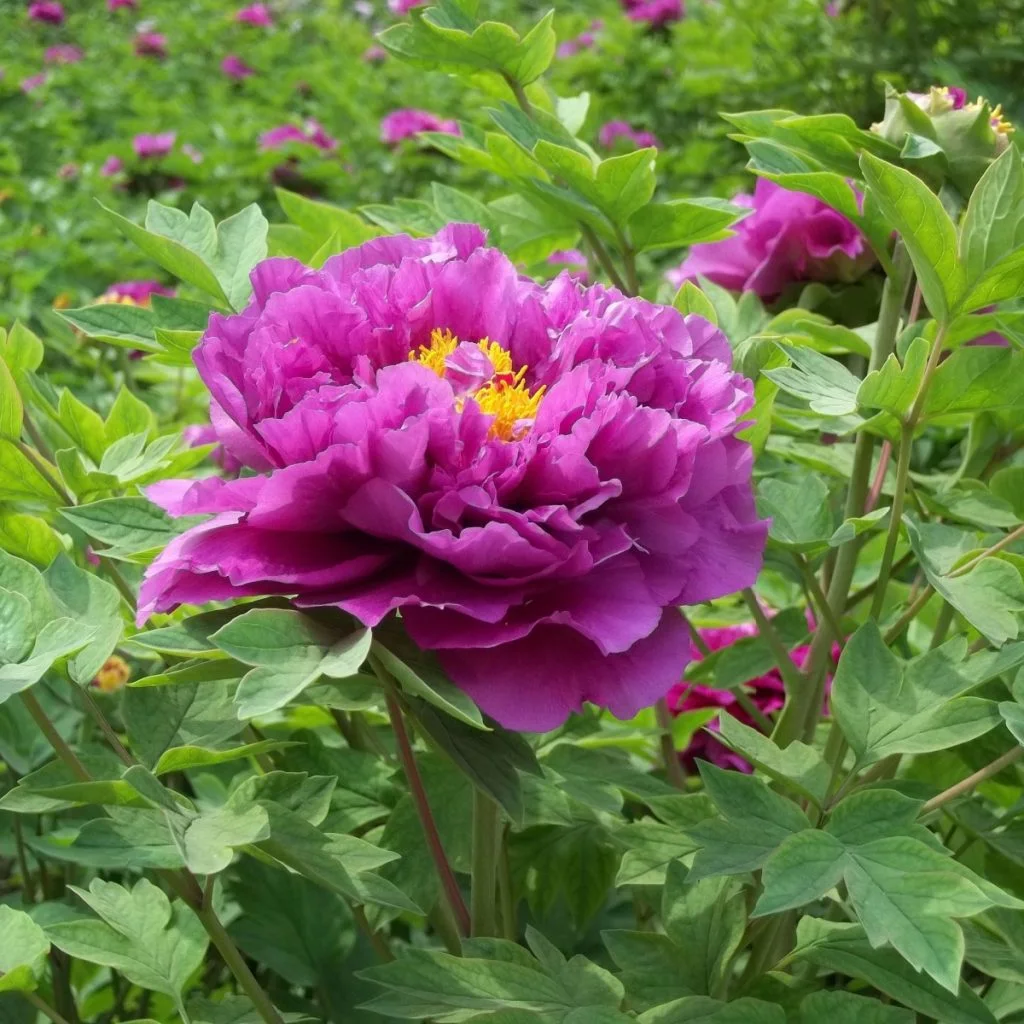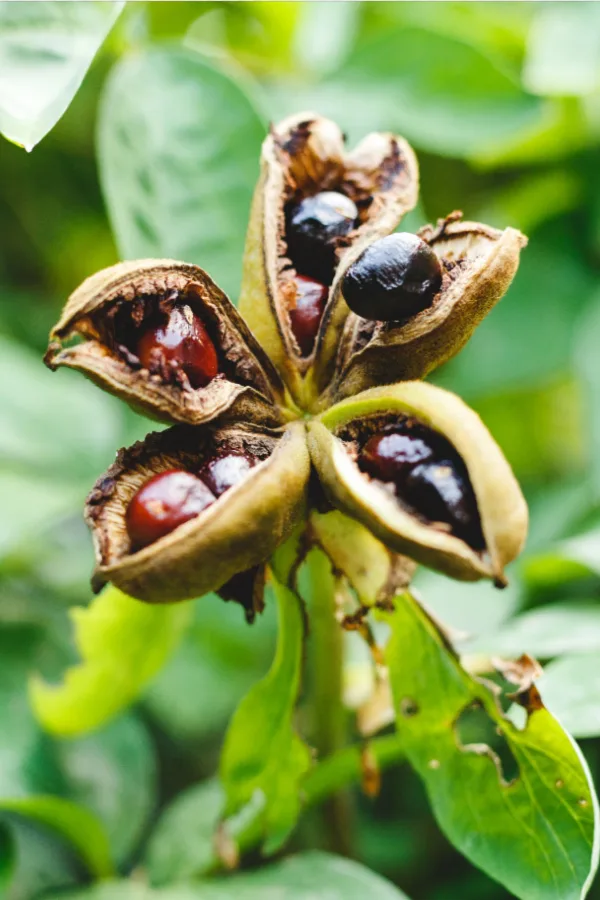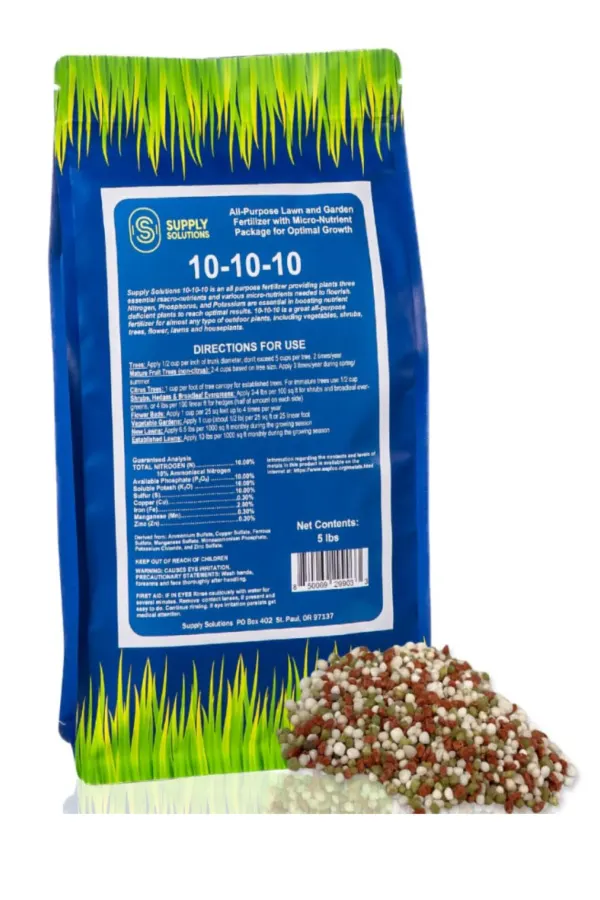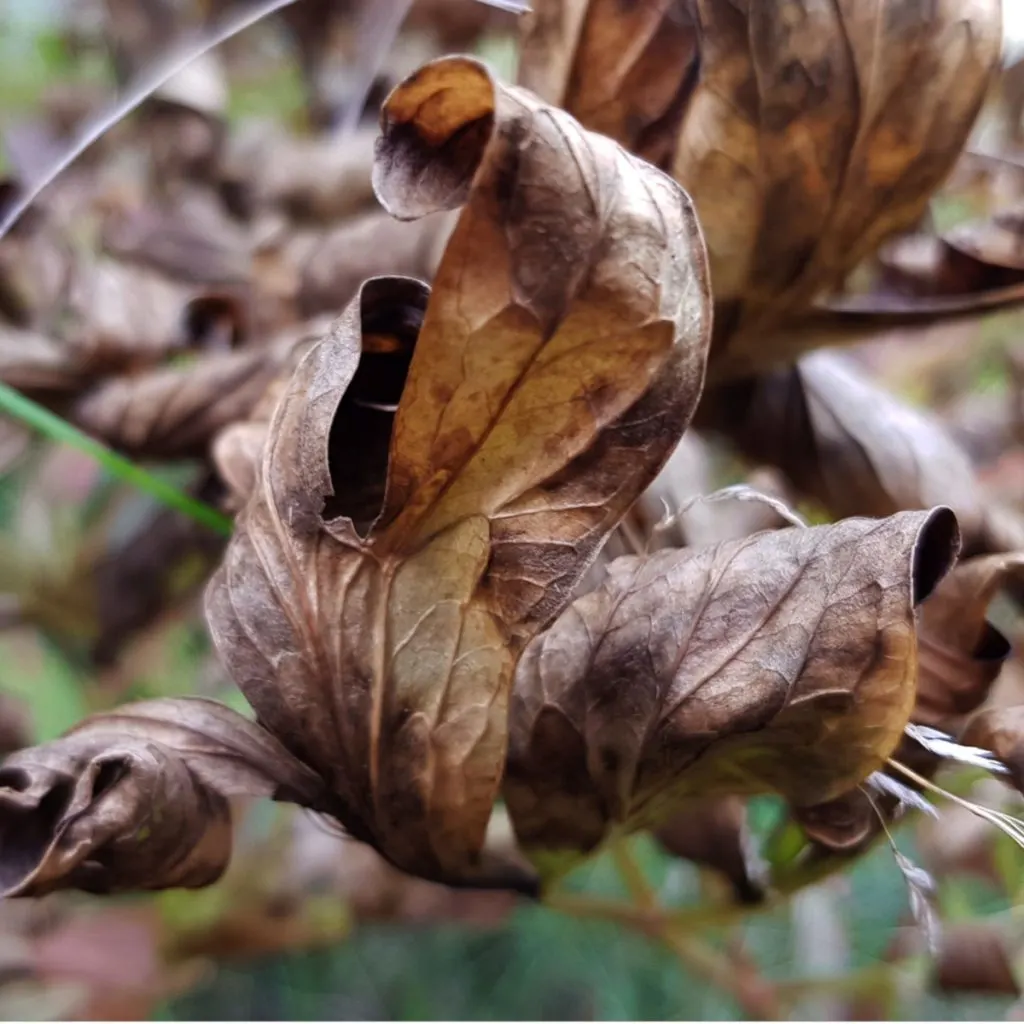Wondering what to do with your peonies this summer after they bloom in early or late spring?
Peonies are one of the most beautiful and dependable spring-blooming perennials you can grow in your flowerbeds. But what happens after the blooms fade and those once-stunning flowers begin to wither away?
While the show might be over for the season, what you do during the late spring, summer and fall months actually plays a huge role in just how well your peonies will perform next spring. Especially when it comes to flowering!

So why does summer peony care matter so much? Because once they finish flowering, peony plants begin to focus on building up energy and storing it in their roots. And it’s the energy they store this summer that powers next spring’s bloom cycle.
If a peony bush is neglected, underfed, or overly stressed, it will struggle to form the buds that produce its showy flowers. With keeping your peonies on track and full of energy, here’s a detailed look at exactly what to do with your plants in the summer – right after they finish their spring bloom!
Caring For Peonies After They Bloom
Deadhead Spent Blooms To Conserve Energy
The very first task on the list after peonies finish blooming is to remove the spent flowers. Deadheading peonies is essential to help your plant save energy. If the old flowers are left in place, the plant will try to turn them into seed heads.
This takes up valuable energy and nutrients. Both of which should be going into the root system instead of seed production. To deadhead properly, cut off each spent bloom by snipping the stem just below the flower.
When deadheading, try not to remove any extra foliage at this point. Peony leaves are incredibly important after blooming. They absorb sunlight and help turn it into energy that is stored in the roots.

That energy is what allows the plant to push out new growth and strong flower buds the following year. Only remove the flower head and leave the rest of the plant intact.
Even if a few blooms have already started to form seed pods, it’s still best to remove them. Cutting them off will allow the plant to refocus on healthy growth for the rest of the summer.
Feeding Peonies After They Bloom
After the blooms are gone and you’ve deadheaded the plant, it’s time to give your peonies a little boost with fertilizer. But the type of fertilizer you use matters greatly.
When feeding peonies before they bloom in early spring, you want to use a fertilizer that is lower in nitrogen and higher in phosphorus and potassium. Too much nitrogen causes the plant to produce more foliage instead of focusing on flowering, which the phosphorus and potassium help.
But that all changes after they bloom. Now it’s all about selecting a balanced fertilizer to promote strong roots, foliage, and all around growth.
A good choice for this is a fertilizer labeled with a 5-5-5 to 10-10-10 NPK ratio. This will help your peony bushes recover and get ready for great summer growth. Affiliate Link: 10-10-10 Complete Lawn & Garden Granular Fertilizer with Micronutrients

Apply the fertilizer around the base of the plant, about four to six inches from the crown. Gently scratch it into the soil, and water it in thoroughly. This light feeding is all your plant will need until next spring.
One thing you don’t want to do is fertilize your peonies in late summer or fall. Doing so can lead to weak growth that won’t survive winter’s cold.
Water Consistently
Along with feeding and deadheading, watering is a big part of summer peony care. Peonies need about an inch of water per week – whether that comes from rainfall or supplemental watering.
When the weather is hot and dry, especially in mid to late summer, be sure your plants are getting the moisture they need to stay healthy. The roots of peonies grow fairly deep, and watering slowly and deeply encourages them to stretch down into the soil even more.
This helps the plant become more drought-resistant and better prepared for weather extremes. Try to water at the base of the plant rather than from overhead. Wet foliage can sometimes encourage powdery mildew or other fungal issues, especially in humid conditions.
Be careful not to overwater. Peonies don’t like sitting in soggy soil, and too much water can cause root rot or poor growth. The goal is to keep the soil evenly moist but never soaked.

Avoid Dividing Peonies In The Summer
Another important thing to remember about summer peony care after they bloom is that this is not the time to divide or transplant your plants. Even though the blooms are gone and the plant is in a growing phase, disturbing it during this time can be very damaging.
Peonies build their strength in the heat of summer. Their foliage is actively pulling in energy, and the roots are working hard to store it. If you dig them up now, you’ll interrupt that critical process.
Not only will you reduce their chances of blooming next year, but you can also risk harming or even killing the plant altogether.
If you need to divide your peonies, wait until fall. The best time to divide is after the foliage has died back and the plant has gone dormant. At that point, the plant is not actively growing and can handle being dug and split much more easily. See our article: How To Divide Peonies In The Fall – And Why It’s The Best Time To Do It!
Allow The Foliage To Grow All The Way To Fall
Last but not least, the single most important things you can do for your peonies in the summer is to simply let them grow. The green foliage that forms after the bloom cycle is what collects the energy needed to power next year’s flowers.

Resist the urge to cut back the foliage while it is still green. Even if the plant starts to look a little ragged in mid-summer, it’s better to let it continue to collect sunlight for as long as it can.
When the foliage begins to turn brown and collapse in late fall, it’s time to cut the plant back. This helps prevent diseases from overwintering in the old plant material and gives your plant a clean, fresh start for the next growing season.
After cutting the plant back, apply a fresh layer of mulch to insulate the crown through the winter months. This is especially important in colder climates, where freeze and thaw cycles can damage exposed roots or push the crown out of the soil.
Here is to caring for your peonies this summer after they bloom – and to bigger blooms next year!
Simple Garden Life
Follow Our Facebook Page For Even More Great Tips! Simple Garden Life Facebook Page
Simple Garden Life is a website dedicated to keeping gardening fun, simple and enjoyable! We publish two new articles each week along with a new garden podcast episode every two weeks. This article may contain affiliate links.
